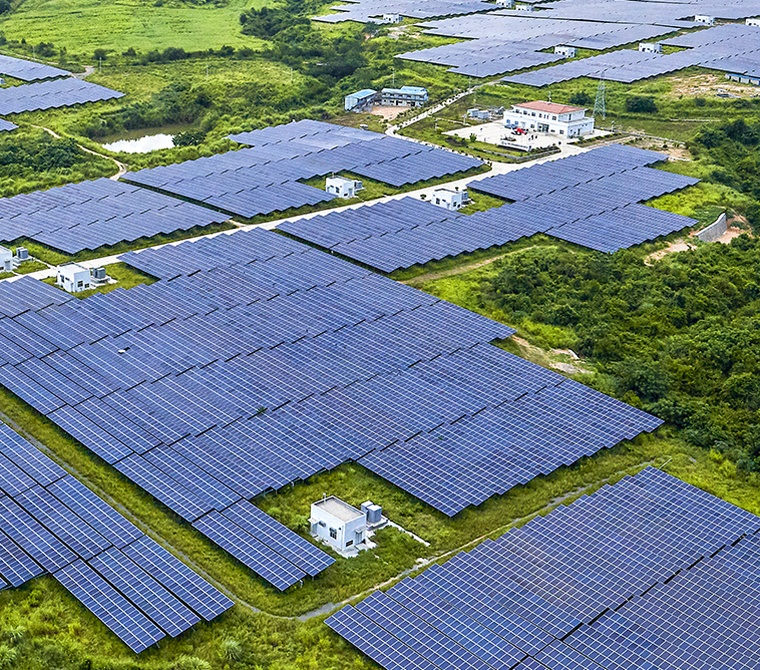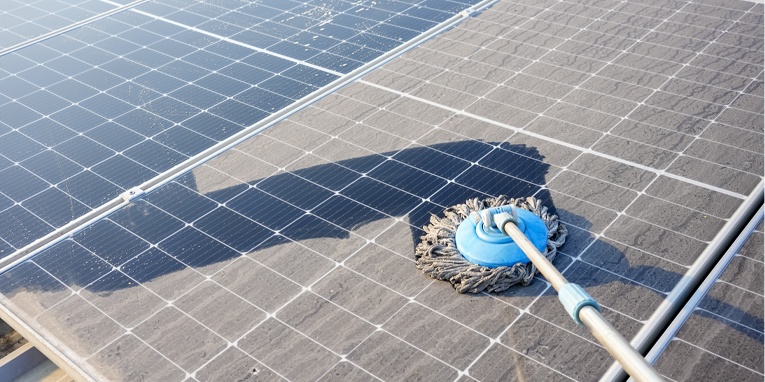Solar Solutions

Roof
Roof systems are a great solar option for those interested in minimal changes to the appearance of a building. PV roof systems can be integrated onto any roof, making them well suited for industrial and office buildings. It all starts with a comprehensive site assessment, where we will discuss your options with you in detail and develop a plan of action. To learn more about the benefits an integrated PV system can bring to your building and your energy bill, contact our team today.
I am interested
Parking
Solar carports are a popular way to use an empty parking space to generate green energy for your industry. Solar carport installations are an excellent choice for shopping malls, airports, hospitals and especially industrial parks with large parking areas. Not only will you generate green energy, but your employees and customers will appreciate the shade as protection for their vehicles. The wide range of installation options makes parking solar spots a possible marketing advantage. At ARGIA SOLAR, we design a system that looks great, is easy to maintain and maximizes your energy generation potential.
I am interested
Land
Solar ground-mounted solutions reduce carbon emissions. Solar farms generate clean energy that does not harm the environment. Installing solar systems creates solar energy that is clean, renewable and easy on your wallet and the environment! Solar panels can be placed anywhere in your yard or field where the sun shines most of the day. Solar solutions use unlimited sunlight to produce green energy.
I am interested


